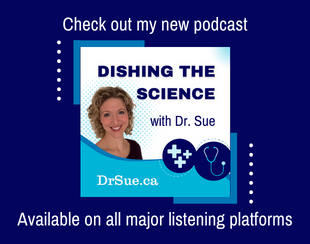In our toolbox of obesity treatments, there is very little available as far as medications go. We know that there are many hormones involved in the the sensation of feeling full (called ‘satiety’), so current research is now exploring these hormones, to see if they can ultimately be developed into obesity treatments.
My colleagues and I at the University of Copenhagen have just published one such study in the American Journal of Physiology. We studied two hormones, GLP-1 and PYY3-36, both of which are hormones that are released when we eat, working to slow down our stomachs and tell our brains that we feel full. We looked at intravenous infusions of these hormones, to try to understand how they may work together, and how they may affect a person’s desire to eat when given in combination.
We found that when GLP-1 and PYY3-36 were given together, the inhibitory effect on food intake was synergistic – ie, more than then sum of each hormone individually. We found that these hormones together elicited a decrease in a hunger hormone called ghrelin, as well as a slight increase in nausea (due to the stomach slowing effect), but in further analyses, we found that neither of these factors was responsible for the lower amount of food that participants elected to eat after the infusions were complete.
So, this study shows us that these two hormones in combination work together in some way to give us a sense of satiety or fullness, but exactly how they work together is not clear. One small step forward in the big picture of understanding the complex web of hunger and fullness!












